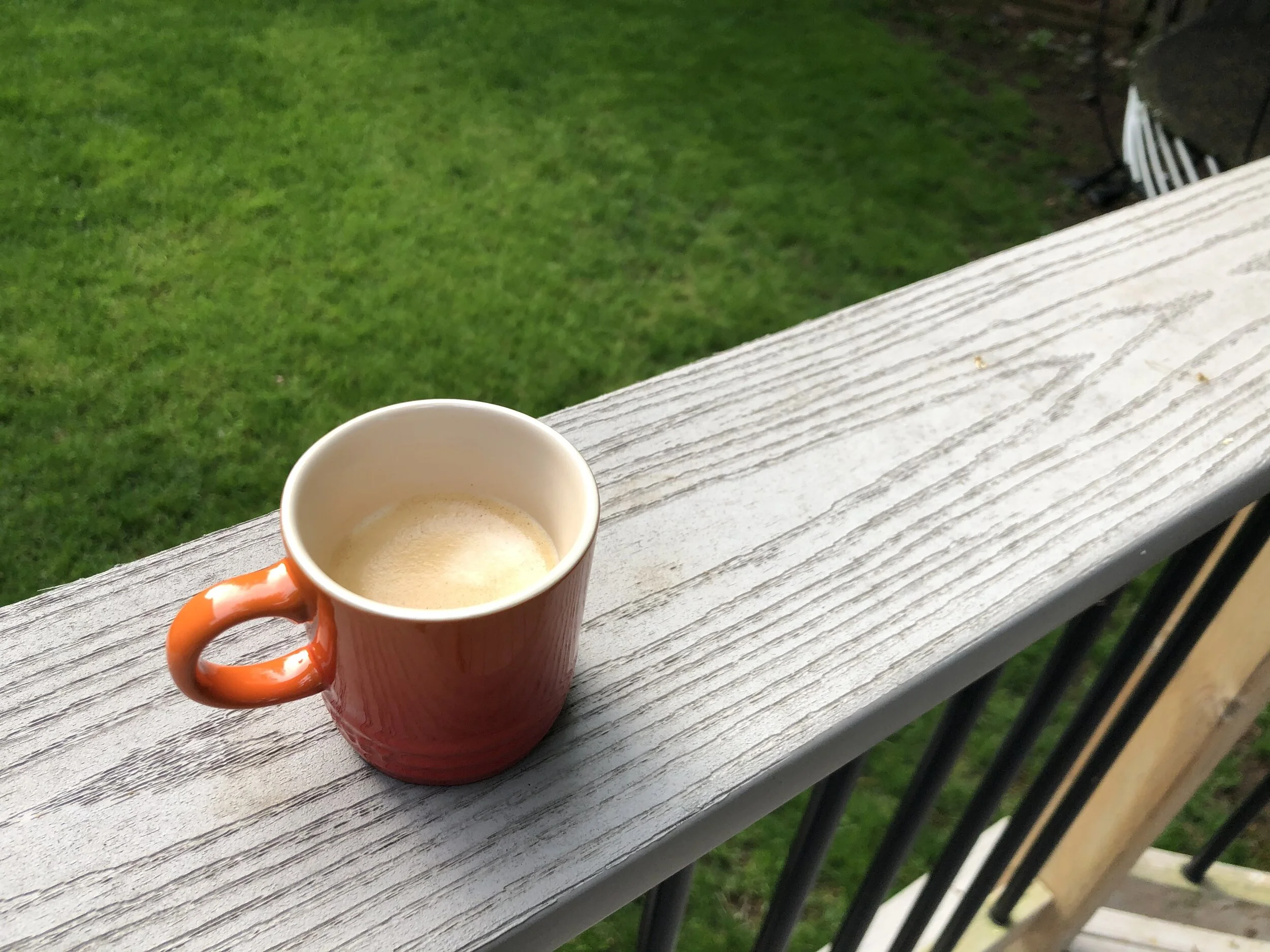My setup for a recording project last week.
This week our studio will be starting lessons for the year with a nearly full schedule (Natasha still has a few spots open on Tuesdays for anyone who is interested). We’ll be welcoming students for both distanced in-person and online lessons - parents and students will be able to choose based on their preferences and level of comfort. Oakville at time of writing has only a small number of active cases. Public and private schools in the area are slated to open for a largely hybrid model of in-person distanced and online classes.
As the year progresses, this may change.
As private music teachers, we all need to wrap our heads around the concept of uncertainty. Once the weather starts getting colder, things might get better, they might stay the same, or we might go back into lockdown for several more months of misery. Different regions will experience different outcomes. We all need to know the lay of the land and be prepared for multiple scenarios so that the time comes, we can act in a responsible manner.
I’ve already written about crafting a studio policy that takes into account the realities of COVID-19. You can find our 2020-21 studio policy here. We waited until last week to offer an update so that we could be relatively certain that things would remain the same in the period of time between the email and the start of classes. At the bottom of the article, you can read the email that we sent out last week to our studio community.
Here are some things you need to be on top of:
Follow the COVID-19 numbers in your local area. Every day I check numbers for Canada, Ontario, and the Halton region in order to know the lay of the land.
Know the details of your area’s re-opening regulations and guidelines. Music teachers work either in businesses or institutions (I work in both), and we are subject to our area’s most recent legislation and by-laws. At time of writing, I’m consulting with the re-opening plans for Ontario and the Halton Region.
Clearly lay out your procedures for lesson formats. Your three choices are in-person, online, or a combination of both. If you’re offering in-person lessons, develop very clear procedures for teachers, students, and parents.
Communicate with parents and students regularly. Don’t become a ghost ship! Send emails regularly to students and parents, and do it based on a knowledge of fact and up-to-date information. There’s nothing wrong with changing your policies throughout the year based on updated information and circumstances. The important thing is to communicate as much as possible and update as needed.
Since Oakville at time of writing is largely a green zone, we’re offering parents and students at the start of the year the choice between distanced in-person or online lessons. Fortunately, we have two large studios where distancing will be possible.
Here’s the email I sent out a few days ago:
Hello students and parents,
I hope that you’ve all had an enjoyable summer and I would like to extend a fond welcome to all our new and returning students!
This email will detail current procedures for distanced in-person lessons for students of Chris Foley and Natasha Fransblow at our Oakville studio for the start of lessons on Tuesday, September 8.
Parents and students can opt for either online or in-person lessons at their own discretion. Online and in-person lessons are freely interchangeable at any time.
For in-person distanced lessons at our Oakville studio, please observe the following guidelines:
1. If you are sick for any reason, do not come for an in-person lesson. You can easily switch to an online lesson without the need to reschedule.
2. If we are sick, we will switch all our lessons to online-only until we are fully healthy.
3. Students coming for in-person lessons must wear a mask.
4. Please enter the studio area for your lessons right at the start of your lesson. We can no longer offer the entrance area as a waiting room. Natasha and I will do our best to be on time as much as possible.
5. When entering, please use the provided hand sanitizer before proceeding to the studio. When exiting, please use hand sanitizer again.
6. If possible, please use your own washroom at home before the lesson. We are trying to minimize use of the washroom throughout the teaching day.
7. Please bring all your music as well as a pencil.
8. Parents are only allowed into the studio area in the case of students who need assistance in going to the bathroom.
9. Parents are welcome to watch the lesson on WeChat, Zoom, FaceTime or other video messaging services. We will have a device set up at all times to facilitate this, so please notify us in advance to get things set up.
These procedures are offered in alignment with the Stage 3 reopening plans of the Halton Region and Ontario Provincial Government. Should the situation change, I will send an email with amended procedures.
If you’re opting for online lessons, please inform us as soon as possible so we can set things up on either Zoom, FaceTime, or WeChat.
Thank you and we are absolutely thrilled to be working with you once again!
Sincerely,
Chris Foley
Co-founder, Foley Music and Arts, Inc.
Best wishes for a healthy and successful teaching year!






